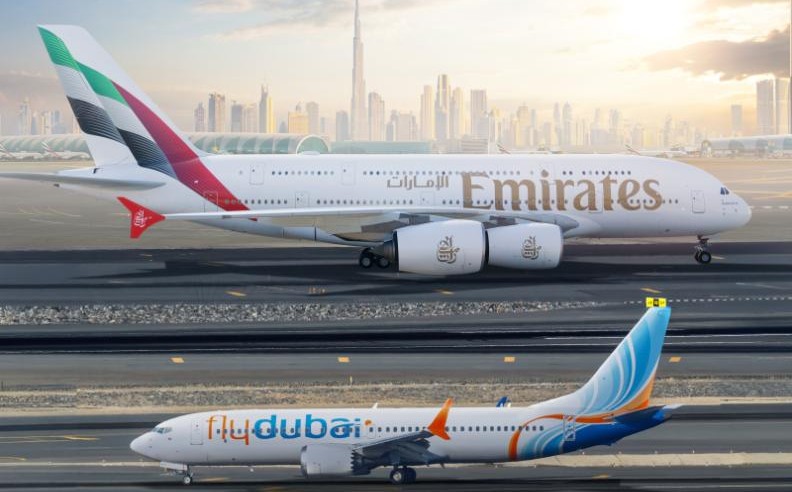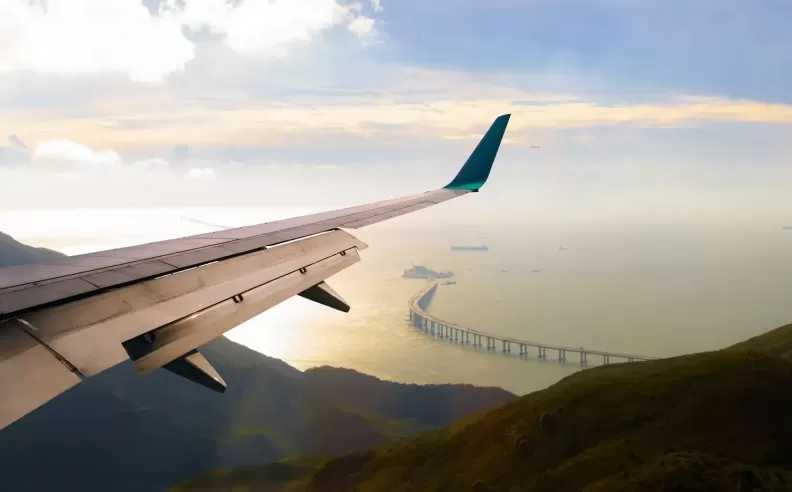
In an age where technology has made the world smaller, ultra-long-haul flights have become the new frontier of modern aviation. These journeys lasting over 17 hours nonstop connect continents like never before, offering travelers direct access across the globe. Yet, such marathon flights demand smart preparation and mindful habits to stay comfortable and refreshed in the air.
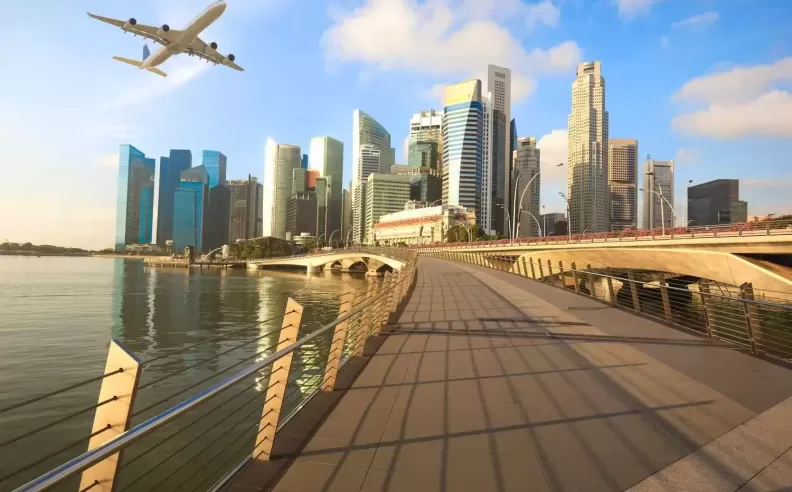
Leading the record is the New York to Singapore route operated by Singapore Airlines, lasting an impressive 18 hours and 40 minutes nonstop. Close behind is Singapore to Newark, followed by New York to Auckland with Air New Zealand at around 18 hours. Other ultra-long flights include San Francisco to Bengaluru and Los Angeles to Singapore each stretching beyond 17 hours. These routes rely on advanced aircraft such as the Airbus A350-900ULR and Boeing 787-9 Dreamliner, engineered for efficiency, comfort, and stability over extended distances.
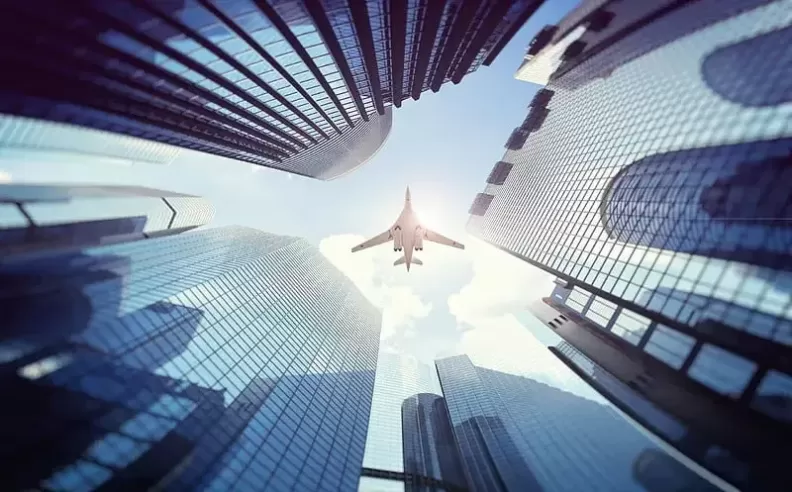
Major carriers have transformed their cabins into havens of comfort and innovation. On certain ultra-long routes, Singapore Airlines has eliminated standard economy class, offering only Premium Economy and Business Class for a more relaxed experience. Airlines like Qantas and Air New Zealand have enhanced passenger comfort with 4K entertainment screens, Bluetooth audio, and even upcoming “Skynest” bunk-style sleeping pods creating a hotel-like atmosphere in the sky.

Nutritionists recommend opting for light, balanced meals rich in lean protein, fruits, and nuts. Heavy, oily dishes and carbonated drinks should be avoided to reduce bloating and fatigue. Hydration is crucial experts suggest drinking a glass of water every hour to counter dry cabin air. Some travelers also use electrolyte tablets to maintain energy and hydration, helping the body adjust to long hours in pressurized air.
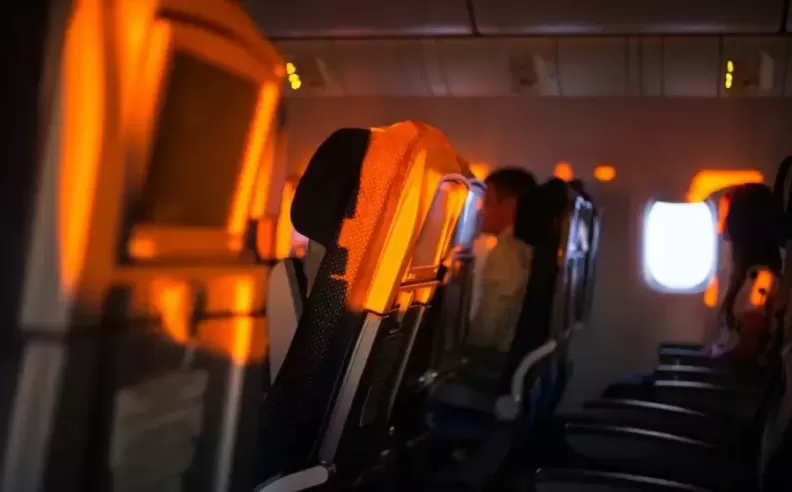
To ease the effects of jet lag, it’s best to set your watch to the destination’s local time as soon as you board. Try to eat and sleep in sync with your arrival time. Avoid caffeine before resting, and use sleep aids like an eye mask or earplugs to block out distractions. This helps the body’s internal clock align more quickly with the new time zone, reducing fatigue upon arrival.
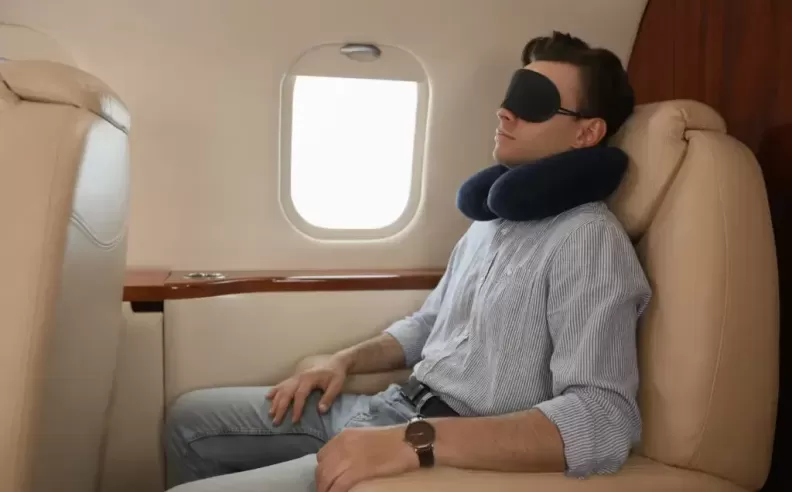
Experts recommend packing essentials such as a neck pillow and light blanket to improve comfort during rest. Deep breathing exercises or short meditation sessions can help calm the mind and prepare the body for sleep. In some cases, a small dose of Melatonin (under medical guidance) can aid in resetting the sleep cycle. Finding balance between relaxation and mindfulness turns a long flight into a peaceful and restorative experience.
With the evolution of aircraft and onboard technology, long-haul flights are no longer an endurance test but an opportunity to slow down above the clouds. Through smart choices from seat selection and hydration to mental relaxation travelers can transform long hours in the sky into an unexpectedly pleasant journey.

Started my career in Automotive Journalism in 2015. Even though I'm a pharmacist, hanging around cars all the time has created a passion for the automotive industry since day 1.
